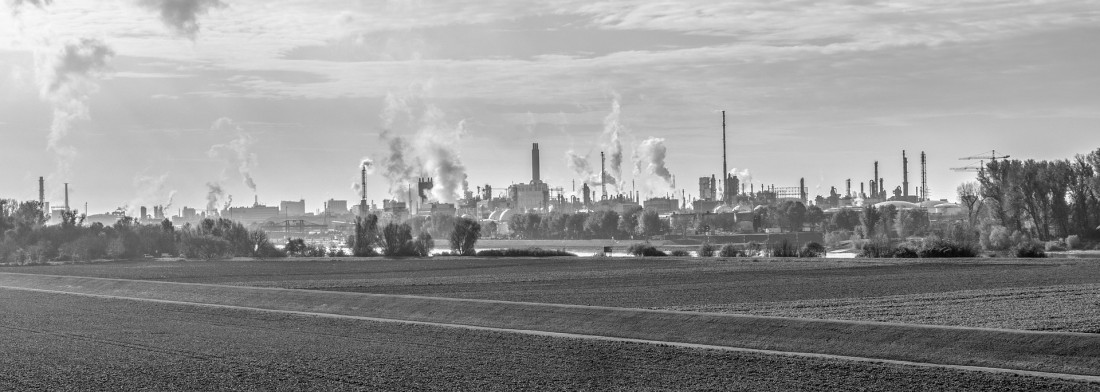Recent analysis by Cefic (the European Chemical Industry Council) has shown that despite the continuing confidence of manufacturers, the European chemical industry continues to stagnate.
Whilst the EU economy as a whole has begun to gradually recover from the shocks of 2008, there is still little movement in chemicals. Q1 production growth for 2015 has been measured at 0.1%, whilst sales dropped by 5.5%, despite a price free fall of up to 7.3%. The analysis also showed that utilization of production capacity is unmoved from the levels of 2014, and stock levels also remain static.
Notably, the speciality chemicals sector is doing well, and this is helping to offset the declines elsewhere, but overall the outlook is gloomy.
Given that the EU has such an historical advantage of excellence in both production and research levels over the rest of the world, it is worth considering how this happened.
Fuel is one major problem for the EU. Whilst the Middle East and Russia enjoy an abundance of cheap oil, and the US begins to tap into its shale gas resources, the EU is beginning to wonder how it will survive once its own oil resources dry up.
Whilst it is trying to use technology to develop renewable energy sources, at present the cost of these technologies act as a burden to price competitiveness for the chemicals industry. A recent Cefic study noted the average price of industrial energy per MWh for Italy was €121, Germany €99, the Netherland €90, Spain €70, the UK €64. Whilst in the USA it cost only €47, China €30, Russia €19 and Saudi Arabia €15.
Whilst the value of the Euro has fallen drastically over the past 12 months (currently close to parity with the US dollar), it is difficult to compete if energy is expensive. This is especially true when considering how large a part of chemical production energy is. As Jeremy J. Patt, senior strategy leader for global research and development at Dow Chemical Company, notes, “In 2008, Dow’s total energy bill was $27 billion, by far the largest component of production costs and equal to about half of total revenues.”
Another problem facing the EU is that it also appears increasingly politically divided and undecided on how to tackle its ageing infrastructure, whilst other regions benefit from a united political will and greater investment.
As a recent KPMG report states, “Whilst Middle Eastern chemical producers continue to seek expansion along the value chain into higher value added solutions. Their Chinese counterparts are attempting to fulfill a government directive to make the country self-sufficient in chemicals. These Middle Eastern and Chinese entities are often cash-rich and backed by government support. A rapid path to achieving these goals appears to be offered by acquisition of technology and intellectual property from a European chemical industry seemingly beset by structural problems.”
Thus it appears that whilst the EU is troubled by increased competition overseas, from heavy investment and dynamic government support, the EUs response at present, is to sell off the family silver. An approach that will never support the industry’s recovery. As Chris Stirling, Head of Chemicals for KPMG in Europe notes, “The European chemical industry must capitalise on its historic advantage in innovation to stay ahead of the competition.”
The EU chemical industry currently represents almost 20% of global production, and is still an important player in the global market, but the chance of further development is not optimistic, with competitiveness now seen as the main obstacle to growth and development.
But perhaps the most worring aspect from this latest Cefic report is its tone. As the analysis is so intertwined with skepticism and pessimism for the future that it is foreseeable that confidence will soon head South in the way that sales, prices, investment and the value of the Euro has.
There is the possibility that the trend can be reveresed. Industry leaders have been promised that the EUs implementation of REACH will prove to be a groundbreaking development that will set a global industry standard, and not act as a dead weight of legislation around the neck of a dying industry.
Similarly, if the TTiP trans-Atlantic trade agreement can free up restrictions on businesses, then there is hope for the 1.2 million Europeans employed in the chemicals industry. But at present, failure to act will see continued stagnation at a time when the rest of the world’s chemical industries are beginning to blossom.

